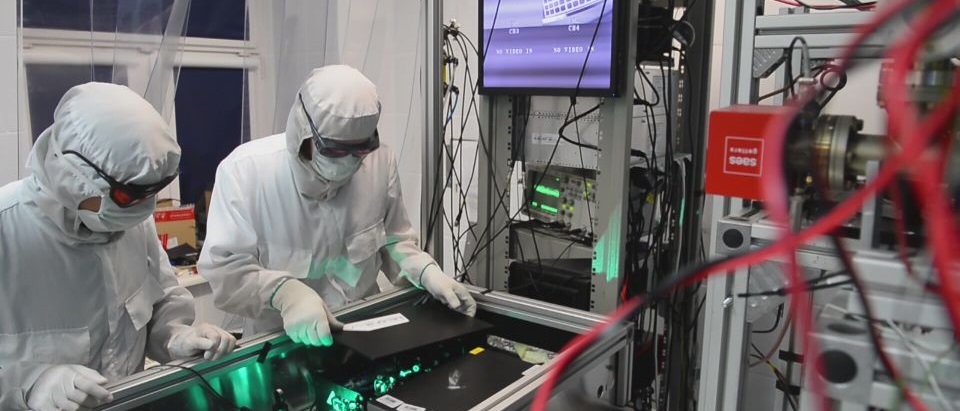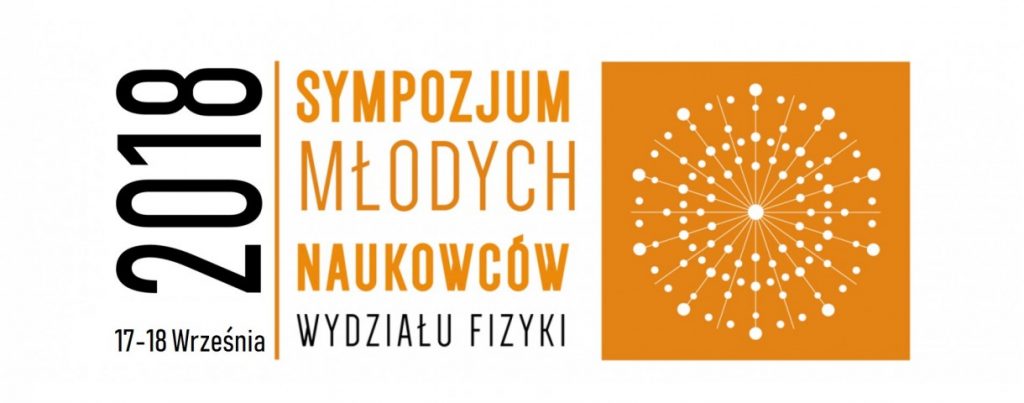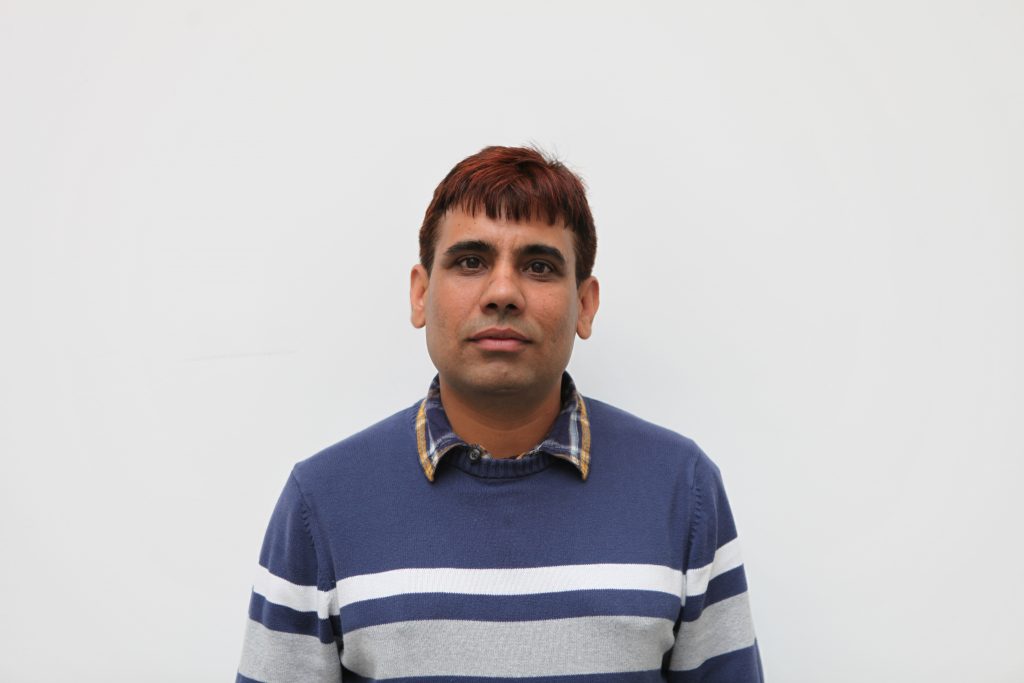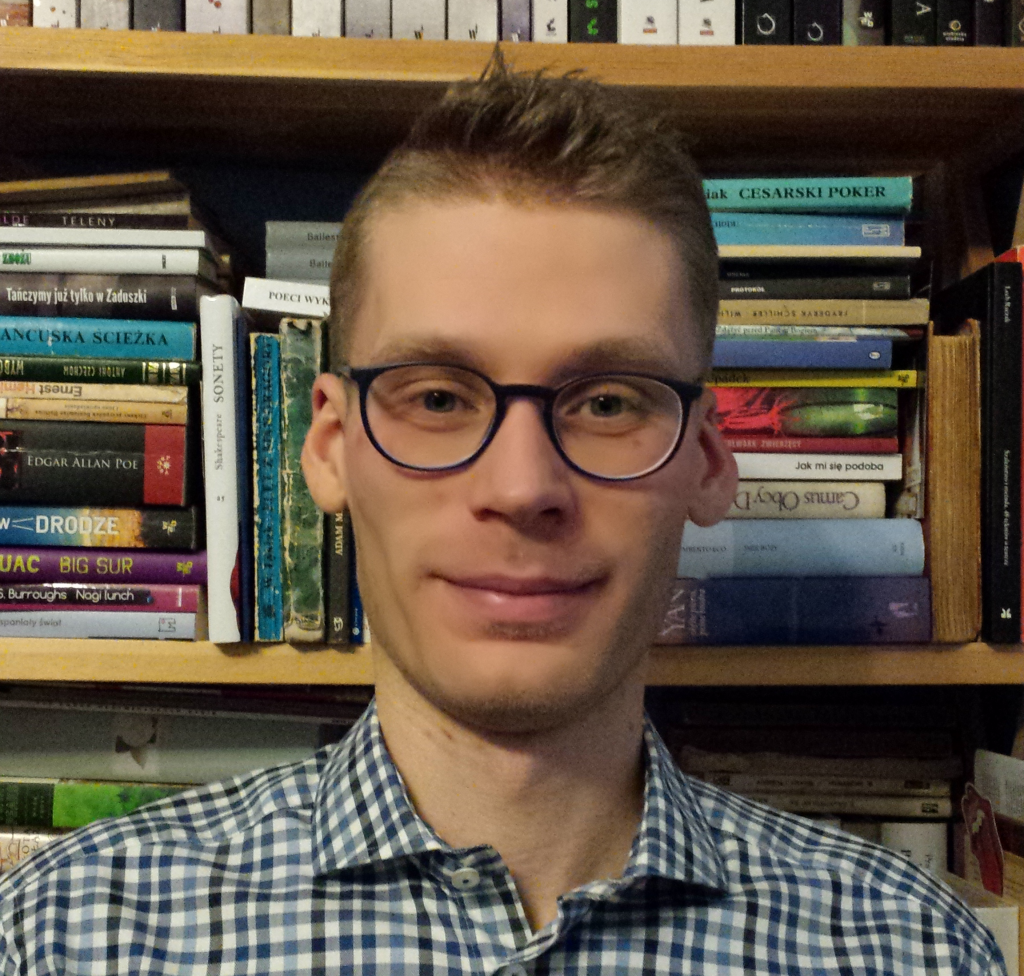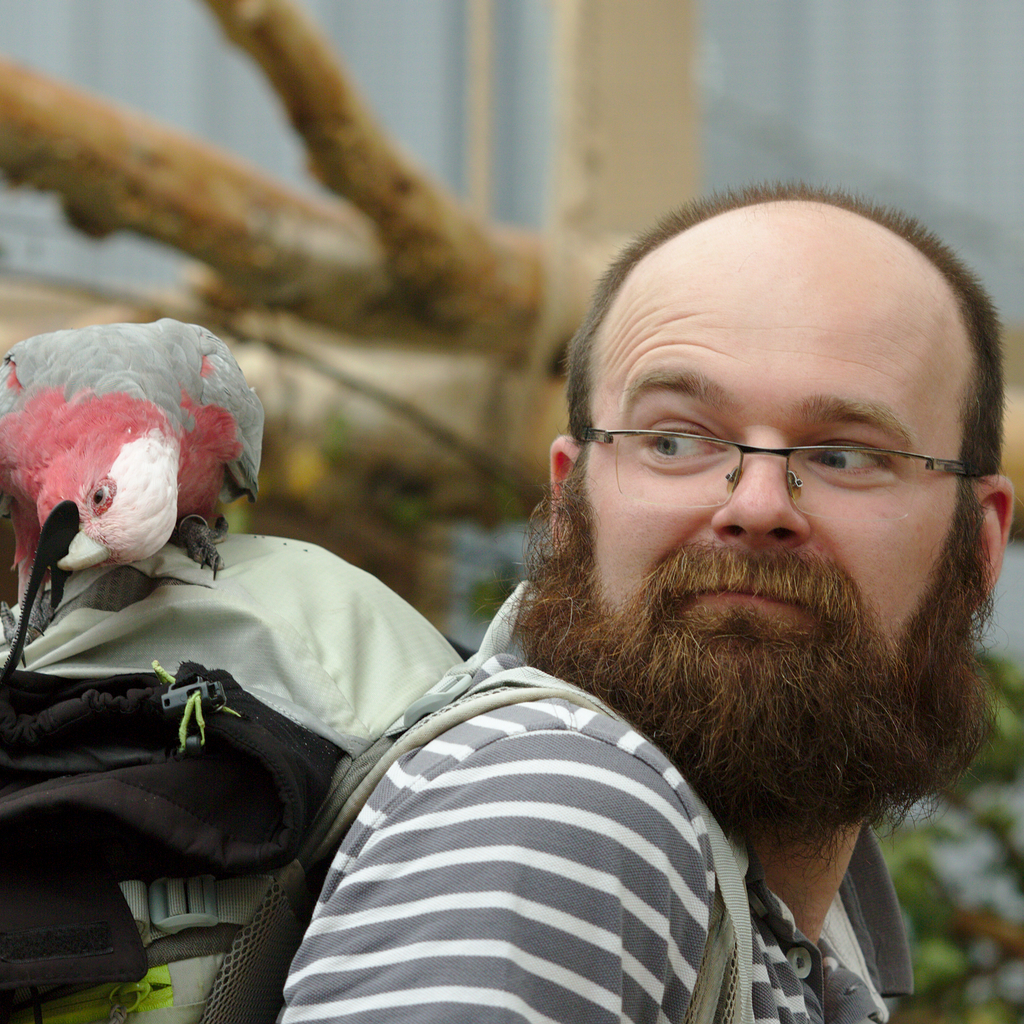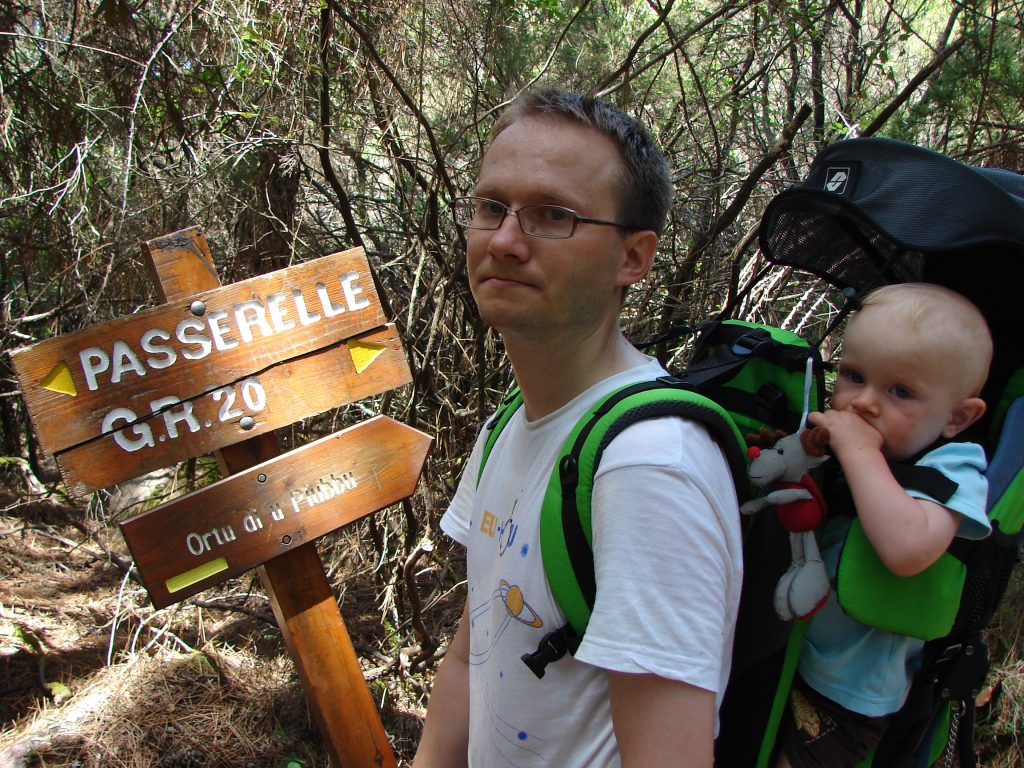A project founded by National Science Centre Call Opus 13
The Nobel Prize winner in Physics, Arthur Shawlow used to say to his students at Stanford University: “Never measure anything but frequency!”. Indeed, in the story of mankind the frequency measurements were always those measurements that where the most accurate. One of the reason is that digital, discrete and finite counting the number of cycles during a given time unit is immune to most of the uncertainty sources seen in other measurements.
Optical atomic clocks still are the most precise scientific instrument available to humanity. They accuracy and stability reached eighteen significant digits. Therefore, the optical atomic clocks are one of those experiments that pushes the boundaries of knowledge.
In our project we plan to exploit the precision of the Polish Optical Atomic Clock, the most accurate scientific instrument in Poland, to study fundamental interactions between atoms and electromagnetic field, e.g. polarizability and photoionization. The so-called magic and magic-zero wavelengths that also will be determined during the project are crucial for the next generation of the optical lattice atomic clocks.
The main tasks of the project are:
- The measurement of the blue magic wavelength around 389.9 nm for the 88Sr isotope.
- The measurement of the absolute photoionization cross sections of the states in strontium, in particular of the 1P1 and 3S1 states, that are used in the actual atomic clock experiment by the blue magic wavelength photons.
- The spectroscopy of the magic-zero wavelengths for the strontium excited 5s5p3P0 clock state.
![]()
